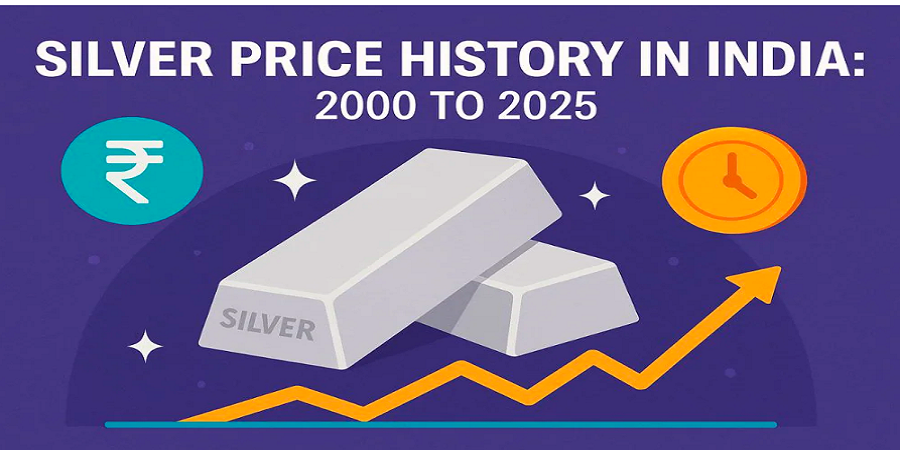Cocoa Butter Project Report 2023: Insights into Plant Cost, Manufacturing Process, and Business Plan
The global demand for cocoa products, particularly cocoa butter, has been steadily rising over the years. As a vital ingredient in various industries, including cosmetics, confectionery, and pharmaceuticals, cocoa butter presents a lucrative business opportunity. In this blog post, we’ll delve into the key aspects of the “Cocoa Butter Project Report 2023,” exploring plant costs, the manufacturing process, and an outline for a successful business plan.
Plant Cost Analysis:
Setting up a cocoa butter manufacturing plant involves several factors that contribute to the overall cost. The report highlights various components, such as land acquisition, infrastructure development, machinery procurement, and labor expenses. Additionally, regulatory approvals and compliance costs play a crucial role in determining the initial investment. Conducting a comprehensive cost analysis enables potential entrepreneurs to understand the financial commitment required to establish a successful cocoa butter production facility.
Manufacturing Process Overview:
The manufacturing process of cocoa butter involves several stages, each of which contributes to the final quality of the product. The “Cocoa Butter Project Report 2023” outlines the step-by-step process, from sourcing cocoa beans to obtaining the final product:
1. Cocoa Bean Selection:
High-quality cocoa beans are selected based on specific characteristics such as size, aroma, and moisture content.
2. Roasting:
The selected beans are roasted to develop flavor, reduce moisture, and loosen the shell.
3. Cracking and Winnowing:
The roasted beans are cracked, and the shell fragments are removed through winnowing, leaving behind the nibs.
4. Grinding:
Nibs are ground into a paste called cocoa mass or liquor, which contains both cocoa solids and cocoa butter.
5. Pressing:
The cocoa mass is pressed to separate the cocoa solids from the cocoa butter.
6. Refining:
The cocoa butter is further refined to remove any remaining impurities and achieve the desired texture.
7. Conching:
The refined cocoa butter is conched, a process that involves mixing and aerating to enhance flavor and texture.
8. Tempering:
The cocoa butter is cooled and slowly reheated to specific temperatures, resulting in stable cocoa butter crystals with a desirable sheen and snap.
Business Plan Outline:
Creating a well-structured business plan is essential for the success of any venture. The “Cocoa Butter Project Report 2023” provides insights into formulating a comprehensive business plan tailored to cocoa butter production:
1Executive Summary:
An overview of the business idea, goals, and financial projections.
2. **Market Analysis:
Research on the global cocoa butter market, including trends, demand, and competition.
3Production Strategy:
Detailed explanation of the manufacturing process, equipment required, and production capacity.
4. Marketing and Sales:
Strategies to promote and distribute cocoa butter to target markets.
5.Financial Projections:
Estimations of initial investment, operational costs, revenue forecasts, and return on investment.
6. Risk Assessment:
Identification of potential risks and mitigation strategies.
7.Legal and Regulatory Compliance:
Discussion of necessary permits, licenses, and adherence to quality standards.
The “Cocoa Butter Project Report 2023” offers valuable insights into the establishment of a cocoa butter manufacturing plant. By understanding plant costs, the intricate manufacturing process, and a comprehensive business plan, entrepreneurs can make informed decisions and capitalize on the growing demand for cocoa butter across various industries. This venture not only holds the promise of profitability but also contributes to the global supply chain of essential cocoa products.









